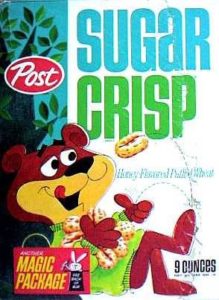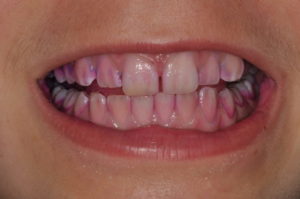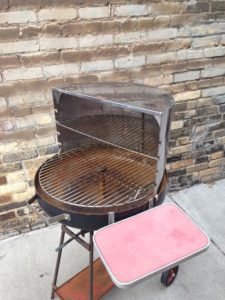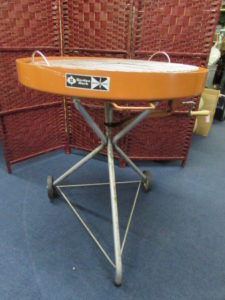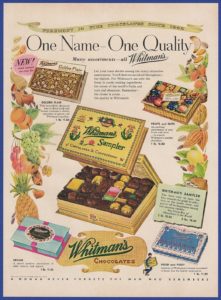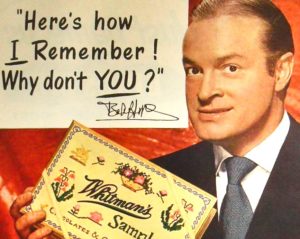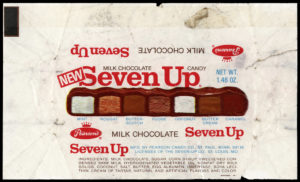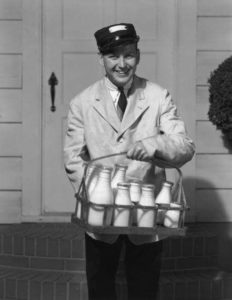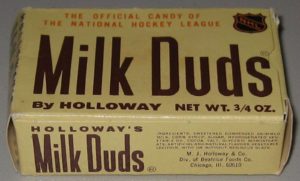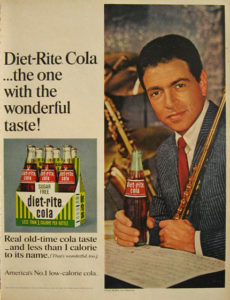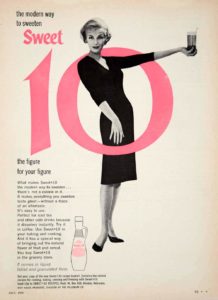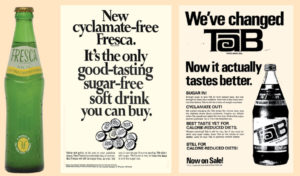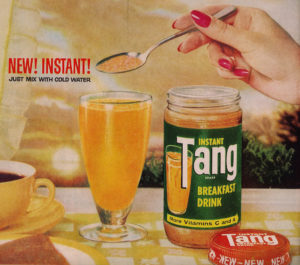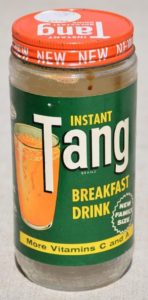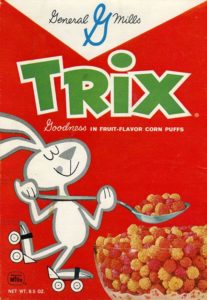
It’s amazing how many icons created by advertisers to sell cereal during the time of our childhoods still exist today. For example, take the Trix Rabbit. He was born the same year I was, in 1959. Its creator was Joe Harris, an adman for General Mills. He sums up the astronomical success of the campaign:
“As a result of the success of the commercial, the little-known Trix brand suddenly leaped into the national consciousness and became one of General Mills’ best sellers. My line, ‘Trix are for kids’ became a countrywide mantra. It still is, 43 years later. I believe it may be that Trix is one of the oldest, if not the oldest commercial in existence to have sustained itself with the same character, the same selling line and the same plot since I created it.”
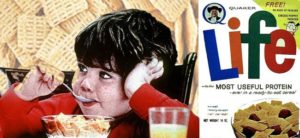
The undisputed single greatest commercial has to be Life’s Mikey spot. This ad first appeared in 1972 and was shown for an incredible twelve more years in its original format! Read what the Life Cereal folks have to say about it:
Although the commercial has not been shown regularly on TV for many years, people still remember the finicky four-year old. A recent research study revealed that 70% of adults could identify the Life Cereal ad from just the description! And, in 1999, the “Mikey” commercial ranked number 10 in TV guide’s, “The 50 Greatest Commercials of All Time.”
Here it is on Youtube.
Another pitchman who survives to our day is L.C.Leprechaun, born in 1964. He would wave his magic wand and create “yellow moons, green clovers, orange stars, pink hearts.” The lineup has since been expanded with more items, but those are the ones I grew up hearing about.
Cap’n Crunch is still around, too. He was born the year that JFK died. Sailing the tall seas on the S.S. Guppy, he and Sea Dog (and his crew of kids) would face many a Saturday morning thirty-second battle with Jean LaFoote, the barefoot pirate.
Wow, I’ve barely scraped the surface of the myriad commercials we watched for breakfast cereal. Look for more columns on the subject in the future.
